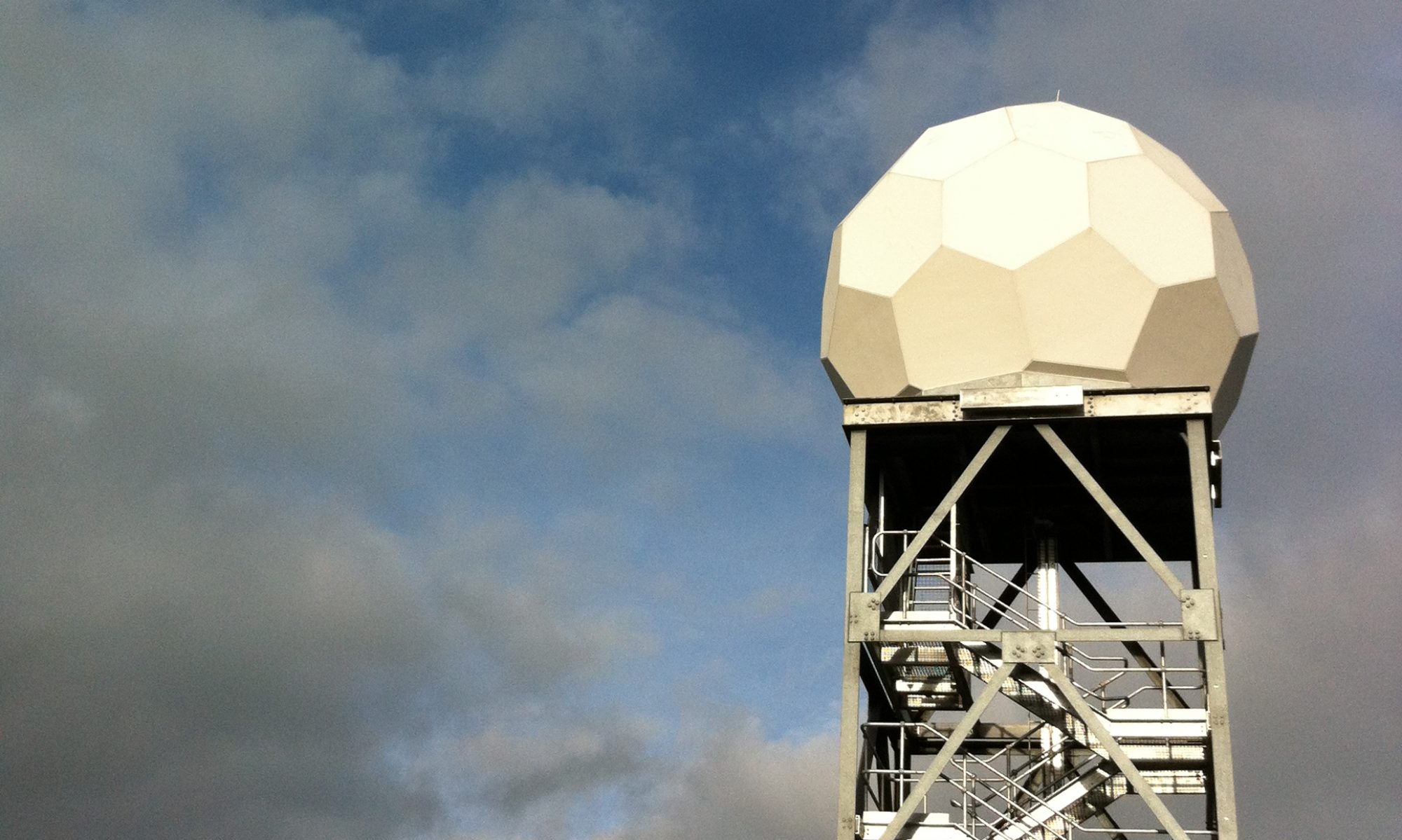
The Inter-Agency Committee on the Hydrological Use of Weather Radar held its 60th meeting on 4 November 2014. A major focus of the meeting was to plan the 2013-2015 Session Report which is due to be published towards the end of 2015. The Committee-led workshop on merging radar and raingauge data was reviewed and the Committee agreed that its 2015-17 Community Plan should “monitor” and “encourage” research and operational implementation in this area to address the gaps and realise the opportunities identified.
The meeting provided a useful exchange on the latest developments in the hydrological use of weather radar. Katie Norman (Met Office) gave an update on the Weather Radar Network Renewal project and highlighted that 50% of the network has now been upgraded which is a significant milestone. This year the upgrades at Hameldon Hill and Hill of Dudwick have been completed. The radar at Ingham has just been decommissioned and is due to be operational again in February/March 2015. A timeline of the radar upgrades is available here and is periodically updated.
Two NERC funded projects were also discussed. FRANC (Forecasting Rainfall exploiting new data Assimilation techniques and Novel observations of Convection) is ongoing and operational roll-out of new algorithms to correct for radar attenuation due to wet radome and storm emissions are planned over the next two years. These should provide benefits for improved radar-rainfall estimates. The COPE (COnvective Precipitation Experiment) experiment deployed the NCAS mobile X-band radar over Devon and Cornwall during the summer of 2013. The collected data are being corrected and recalibrated before storing on BADC in NetCDF format for the academic research community.
The University of Bristol are engaged in the EU Marie Curie Initial Training Network: QUICS (Quantifying Uncertainty in Integrated Catchment Systems). This involves 9 partners and will train 11 PhD candidates. One of the research topics concerns the propagation of radar uncertainty in water quality models. The Rivers Agency in Northern Ireland have recently taken on the Hyrad system from the Centre for Ecology & Hydrology (CEH) for archiving, viewing and analysing radar, temperature and meteorological forecast data provided by the Met Office. SEPA and CEH also reported on the successful surface water flood forecasting trial for the Glasgow 2014 Commonwealth Games which included use of CEH’s distributed hydrological model (G2G) with rainfall ensembles from nowcast and Numerical Weather Prediction systems.
Committee members organise and participate in many conferences that raise awareness of weather radar and its hydrological applications. The recent INTERREG RainGain workshop on Urban Pluvial Flood Modelling was held at the Met Office and summarised in an earlier blog post. Committee members are also convening the following sessions at EGU 2015 (abstract deadline 7 January 2015): (i) HS4.6/NH1.2 Operational forecasting and warning systems for natural hazards: challenges and innovation, (ii) HS4.2 Hydrological forecasting: Untangling and reducing predictive uncertainty through improved model process description, data assimilation and post-processing.

